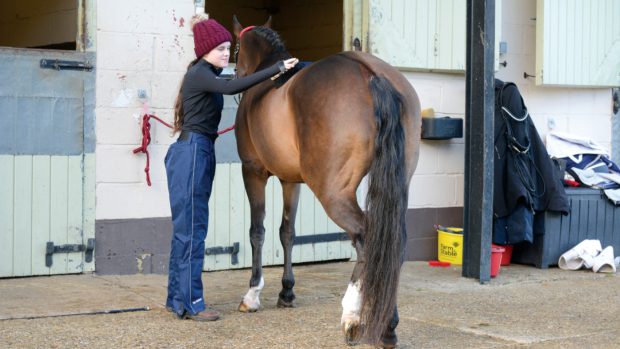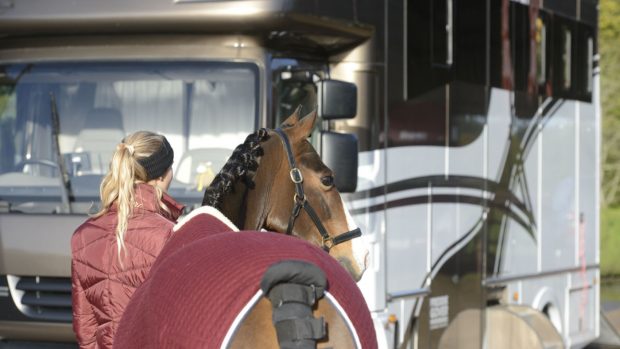Smartphones are useful for checking email, train times or even online shopping — but now vets are using them as an educational tool.
The University of Liverpool is using new technology to enable students to analyse animals’ internal anatomy on a smartphone.
After trials at the university’s open days, augmented reality (AR) is being introduced to the veterinary school’s new curriculum.
“The school has a very active technology-enhanced learning team that is always looking for new ways to engage learners and help them get the most out of their learning experience here,” said Avril Senior, a lecturer at the university’s school of veterinary science.
AR allows students to look inside an animal by holding their smartphone against an image, which then reveals another set of images such as a video, on their device.
The technology allows an image of a horse to show its internal anatomy in 3D, when viewed through a smartphone or tablet.
“Designing guides to aid the understanding of anatomy, and the performance of clinical skills, by producing resources for our veterinary teaching suite and hospitals is the more serious teaching application of AR,” said Avril.
“Students can see through to the ‘inside’ of a horse just by holding up their smartphone. They can then relate this to the patients they are seeing in the clinic,” she added.
H&H vet consultant Karen Coumbe told H&H: “I would have welcomed this sort of technology when I was training to be a vet.
“Anything that helps inspire students to learn their anatomy has got to be useful and it sounds like an excellent idea to me.”
For more information visit www.liv.ac.uk/veterinary-science/
Ref: H&H 8 January, 2015



